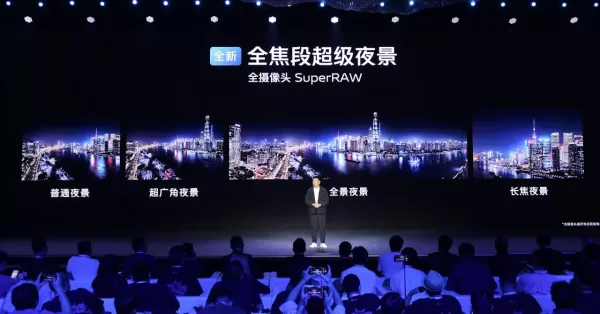vivo unveils V3 chip, enabling 4K Cinema Portrait Mode
vivo's new V3 chip promises to deliver 4K cinema-quality portrait video.

At this year’s Special Event of the 2023 vivo Imaging Conference in Xining, China, vivo unveiled its state-of-the-art 6nm customized V3 chip, along with a range of new mobile photography technology, including a deeper collaboration with ZEISS and other partners.
Though the highlight of the event is no doubt the V3, vivo’s new image-processing chip that should make its way to the brand’s flagship phone sometime in the future.

So, what does the V3 chip do exactly? Well, this chip promises to deliver 4K cinema-like bokeh, complete with a range of post-processing features such as automatic subject focus detection and switching, cinematic color processing, and more.
Essentially, a phone with the V3 chip should be able to capture videos with cinematic shallow depth-of-field effects similar to the vivo X80, but even better.
While phone with bokeh capabilities are quite common now, most of these effects are only really usable with photography. But with this new chip, future vivo flagship should be able to deliver serious videography capabilities.

On top of this new chip, vivo also announced a periscope lens design with the new “Vario-Apo-Sonnar” standards. Basically, this new periscope design aims to provide enhanced focusing capabilities, making it even better for macro and portrait photography.
Meanwhile, vivo is once again integrating ZEISS’ signature T* Coating for the next X series flagship, but this time, it will come with Multi-ALD technology that reduces center reflectivity, enhancing overall image clarity.
Aside from ZEISS, vivo has also announced it is pursuing deeper collaborations with MediaTek as well as Sony.

Finally, vivo also presented a range of technologies that aim to enhance portrait and night photography capabilities of its next flagships. These tech include portrait effect enhancements, a True Color Night model for more natural colors in low light shots, and many more.
“At vivo, we are committed to advancing ‘human-centric professional imaging’. To this end, we continuously enhance our expertise across optics, computing, and algorithm foundations to build imaging capabilities comparable to professional photography equipment. We aim to deliver the user experience of recreating what the human eye can see and make professional-grade imaging capabilities more accessible for everyone. In the future, vivo will stay committed to creating the best imaging technology and help users record life’s most precious moments,” said Mr. Yu Meng.
For now, there’s no word yet on which phone will feature the vivo V3 chip. Though given that there have been teasers about the next X series phone, we might just see this new chip be part of the brand’s upcoming flagship.

